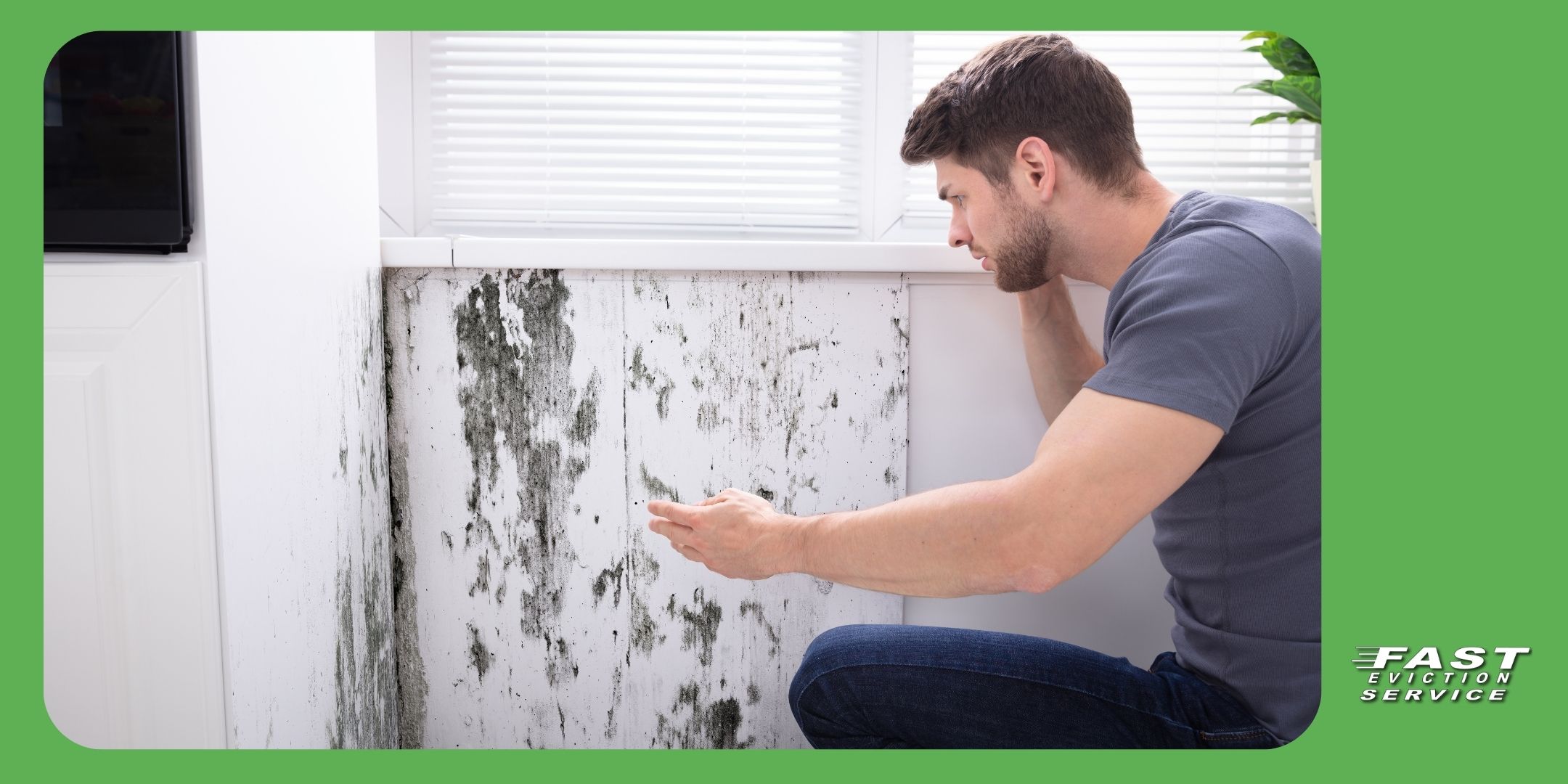Updated 10/6/24
Navigating the rental landscape in California can be a complex task for landlords. One critical aspect that requires careful attention is understanding the California landlord disclosure requirements. These legal obligations are designed to protect tenants and ensure transparency between landlords and renters. This article will provide a comprehensive overview of these disclosure requirements, what landlords must disclose, and the potential consequences of failing to comply.

Understanding Disclosure Requirements
In California, disclosure requirements are mandated by various state laws. These laws ensure that tenants have access to crucial information regarding the rental property, which helps them make informed decisions. The aim is to create a transparent rental environment where both landlords and tenants are aware of their rights and responsibilities.
Landlords must provide tenants with specific disclosures at the beginning of the lease agreement. These requirements vary depending on various factors, including the property’s location and age, as well as any potential hazards. Failure to comply with these disclosures can lead to significant legal repercussions, including potential lawsuits and financial penalties.
Key California Landlord Disclosure Requirements
1. Lead-Based Paint Disclosure
If a rental property was built before 1978, landlords must comply with federal regulations regarding lead-based paint. This includes providing tenants with an EPA-approved information pamphlet about lead hazards, along with a disclosure statement confirming whether the landlord knows of any lead-based paint in the property. This requirement is crucial for the safety of tenants, especially young children who may be more susceptible to lead poisoning.
2. Mold Disclosure
California landlords are required to disclose any known mold issues that could affect the health of tenants. This includes providing information about the existence of mold and any potential health risks associated with it. Landlords should also educate tenants on how to report any mold issues and take steps to mitigate moisture problems within the rental unit.
3. Bed Bug Disclosure
As bed bugs have become a rising concern in California, landlords must provide tenants with information about bed bug infestations in the rental unit. This includes a disclosure of any prior infestations and the steps taken to address the issue. Tenants should also be informed about their responsibility to report any signs of bed bugs promptly.
4. Earthquake Safety Disclosure
In California, landlords are required to inform tenants about the risks associated with earthquakes. This disclosure should include information about the property’s compliance with earthquake safety standards and any potential hazards. Providing this information is crucial, especially in areas prone to seismic activity.
5. Lead and Asbestos Disclosure
Landlords must disclose any known presence of lead and asbestos in the property. If the property was built before 1978, landlords must provide information about lead hazards. For asbestos, landlords should inform tenants of its presence and any health risks associated with exposure.
6. Natural Hazards Disclosure
Landlords in California are required to provide a Natural Hazard Disclosure Statement (NHD) to tenants. This disclosure informs tenants whether the property is located in a designated hazard zone, such as a flood zone, fire zone, or earthquake fault zone. This information is vital for tenants to understand the risks associated with their rental property.
Additional Disclosure Requirements
In addition to the aforementioned disclosures, California landlords must also comply with several other requirements:
- Notice of Abandoned Property: If a tenant vacates the property, landlords must follow specific procedures for handling any abandoned personal property.
- Domestic Violence Victims: Landlords must provide tenants with information about their rights concerning domestic violence and how they can terminate a lease early if they are victims.
- Water-Conserving Fixtures: Landlords must disclose the presence of water-conserving fixtures in rental units as part of California’s water conservation efforts.
Consequences of Non-Compliance
Failing to comply with California’s landlord disclosure requirements can have serious consequences. Tenants who feel that their landlord has not fulfilled their disclosure obligations may take legal action. This could lead to monetary damages, the potential for lease termination, or other legal repercussions.
Moreover, non-compliance can tarnish a landlord’s reputation and create distrust with current and prospective tenants. Maintaining transparency through proper disclosures fosters a healthy landlord-tenant relationship and can prevent disputes down the line.
Best Practices for Landlords
To ensure compliance with California landlord disclosure requirements, landlords should consider the following best practices:
- Stay Informed: Regularly review state laws and regulations regarding landlord disclosures. Staying updated on changes in the law is essential for compliance.
- Document Everything: Keep records of all disclosures made to tenants. This documentation can be valuable in the event of a dispute or legal issue.
- Create a Disclosure Checklist: Develop a checklist of all required disclosures to ensure nothing is overlooked when signing new leases.
- Educate Tenants: Provide tenants with educational materials regarding their rights and responsibilities. This transparency can help build trust and foster a positive rental experience.
- Seek Legal Advice: When in doubt, consult with a legal professional who specializes in landlord-tenant law. They can provide guidance on compliance and help navigate complex situations.
Understanding and complying with California landlord disclosure requirements is vital for successful property management. By adhering to these laws, landlords can create a safe and transparent environment for tenants, minimize legal risks, and foster positive relationships. As a landlord, it’s essential to prioritize these obligations to ensure a smooth and successful rental experience for both parties.




